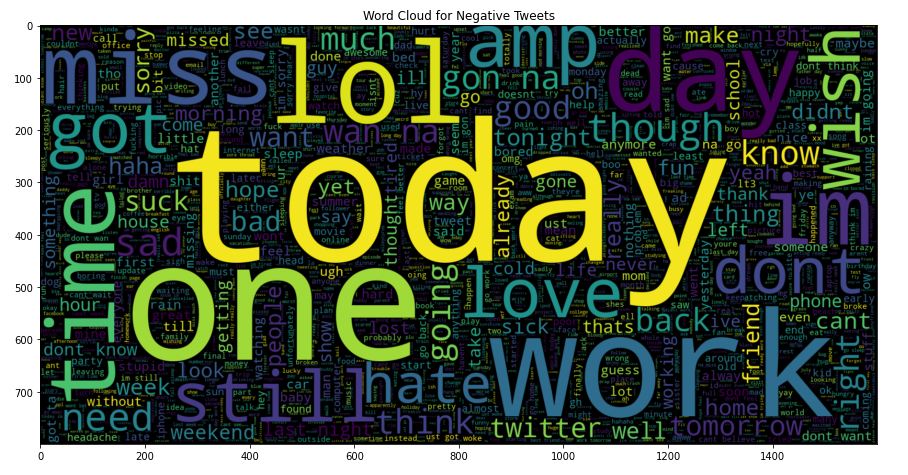Analysis and Design of Twitter Sentiment Analysis Using Improved Machine Learning Approach
Main Article Content
Abstract
"Computational" sentiment analysis may identify whether a sentiment is favorable, negative, or neutral. Extraction of a speaker's feelings, often known as "opinion mining," is another name for this method. Businesses use it to develop strategies, comprehend consumer perceptions of goods or brands, how the public reacts to advertising campaigns or product introductions, and the reasons why customers choose not to purchase particular goods. It is used in politics to monitor political ideologies and check for any discrepancies between official statements and actions. Even election results may be predicted with it! It is also used to track and study social events, such as spotting dangerous circumstances and figuring out how the blogosphere is feeling. In this study, we solve the problem of categorizing sentiment using the Twitter dataset. Sentiment analysis of social media data, particularly Twitter, has gained significant attention due to its potential applications in various domains, such as brand reputation management, public opinion mining, and market research. This paper presents a comprehensive study on sentiment analysis of Twitter data using machine learning methodologies. We compare the performance of three popular algorithms, namely Random Forest, Linear Regression, and Support Vector Machines (SVM), in classifying Twitter sentiments. The study involves a step-by-step process, including data collection and preprocessing, feature extraction, model training, and evaluation. The experimental analysis provides insights into the effectiveness of these approaches and sheds light on their suitability for sentiment analysis tasks. The results highlight the strengths and weaknesses of each algorithm and provide guidance for selecting an appropriate methodology based on specific requirements.
